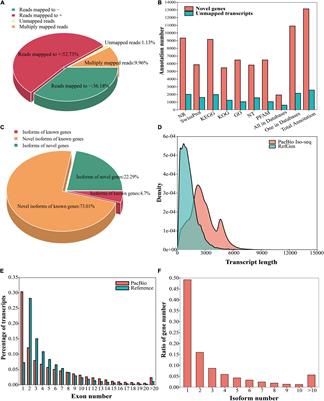EDITORIAL
Published on 21 Jan 2022
Editorial: Resolving the Complexity of Plant Genomes and Transcriptomes With Long Reads
doi 10.3389/fpls.2021.832257
- 1,436 views
6,991
Total downloads
30k
Total views and downloads
You will be redirected to our submission process.
EDITORIAL
Published on 21 Jan 2022
ORIGINAL RESEARCH
Published on 14 Dec 2021
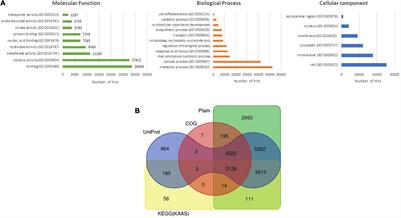
METHODS
Published on 01 Dec 2021
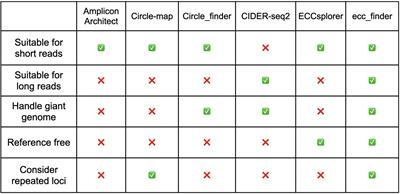
ORIGINAL RESEARCH
Published on 22 Nov 2021
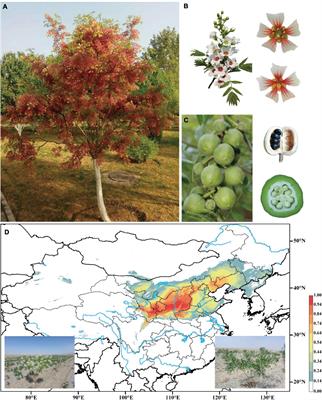
ORIGINAL RESEARCH
Published on 08 Sep 2021
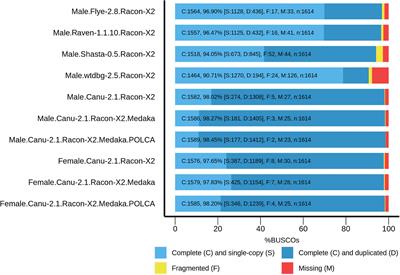
ORIGINAL RESEARCH
Published on 23 Jul 2021
